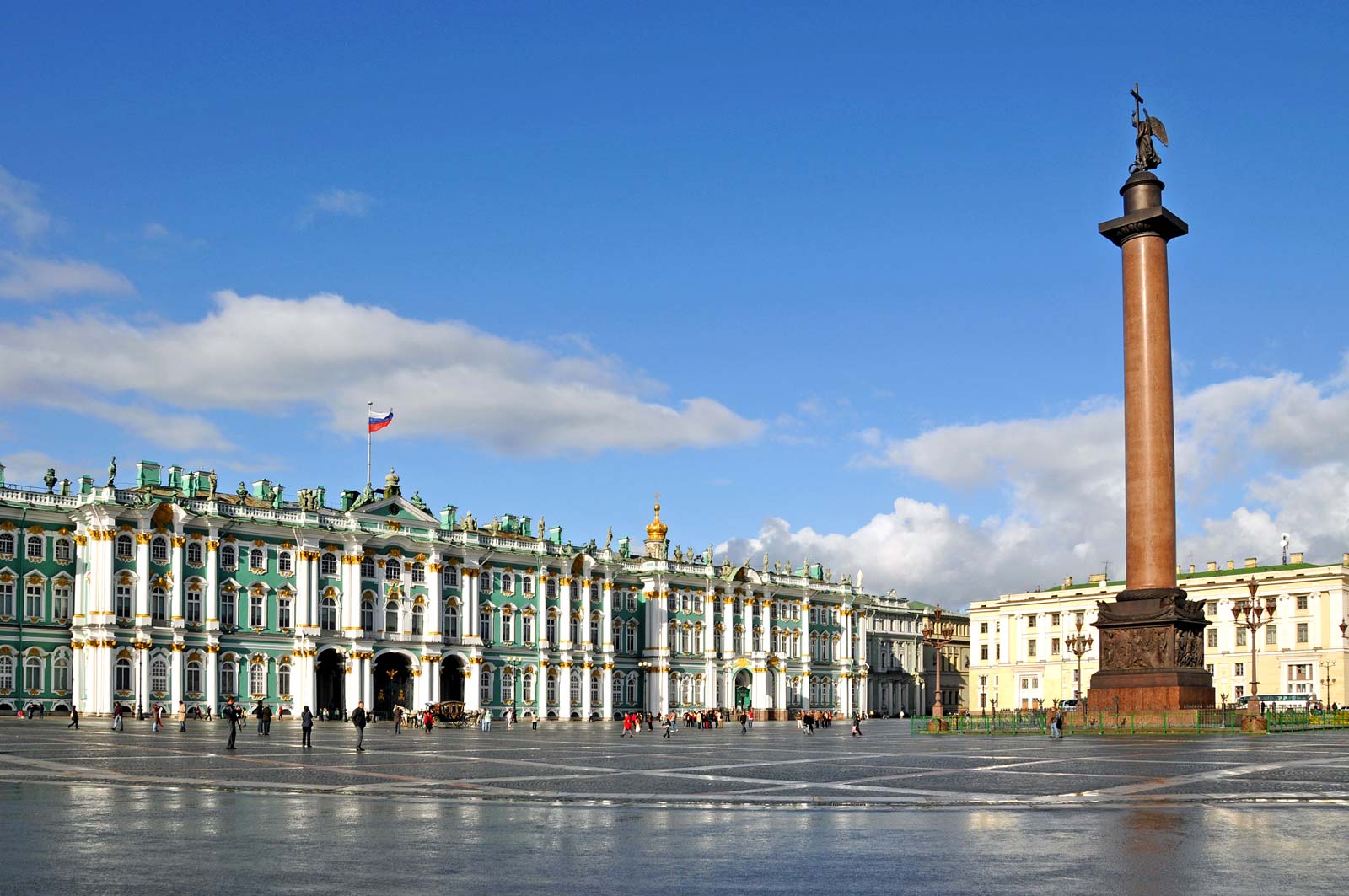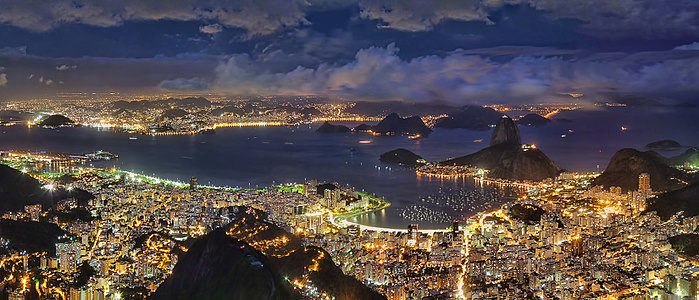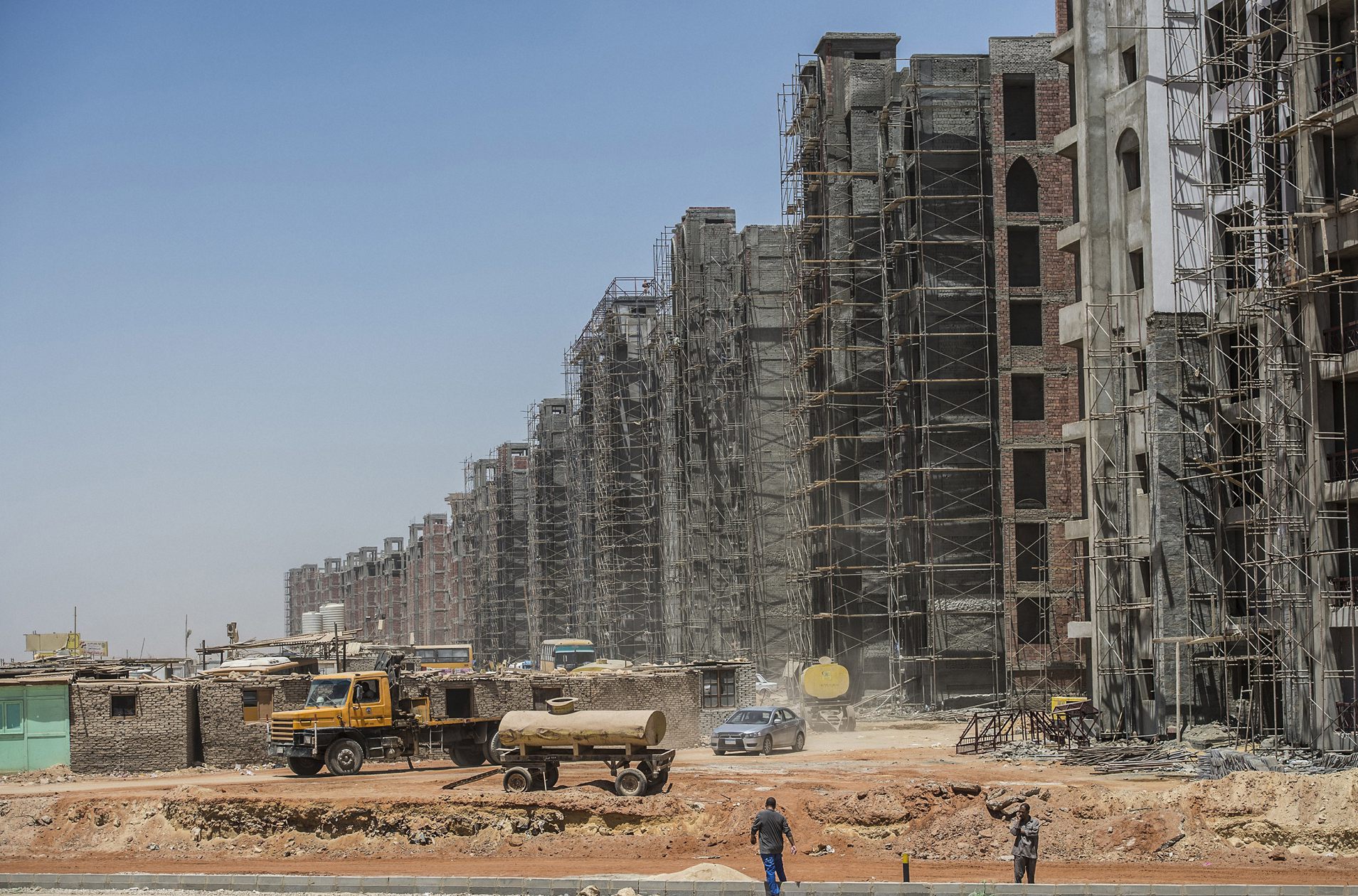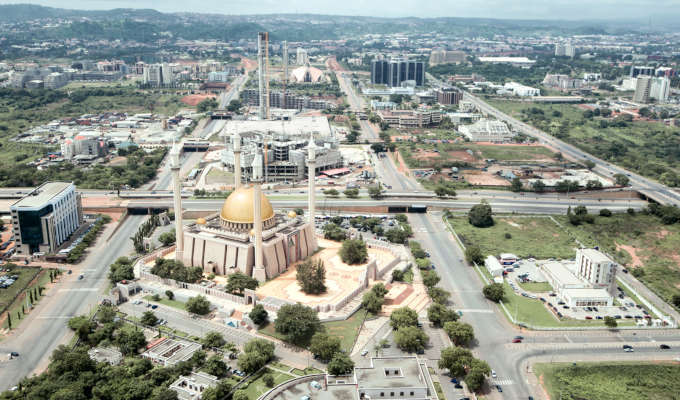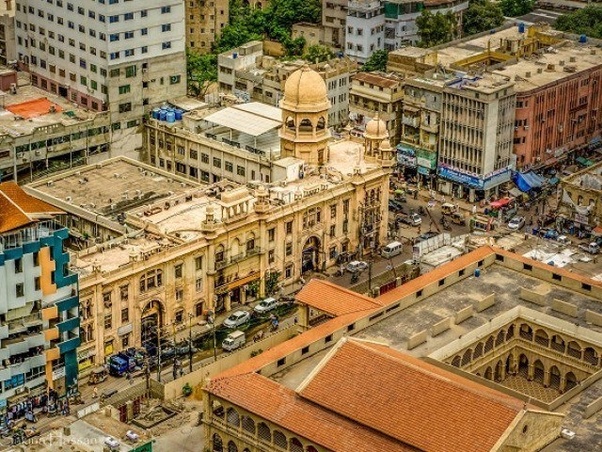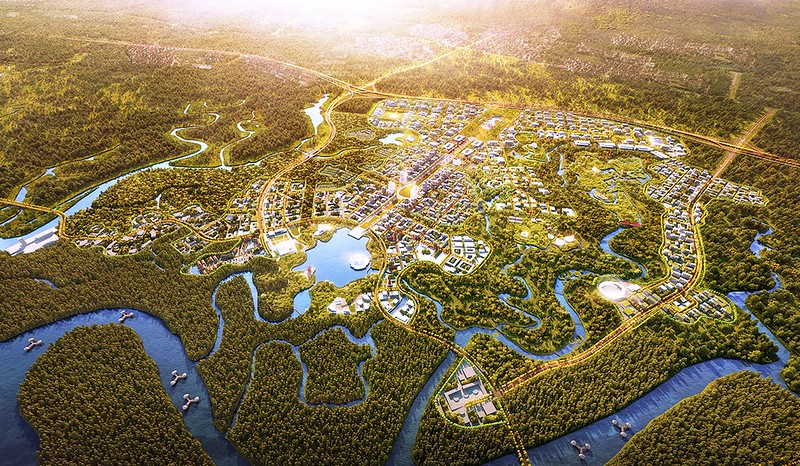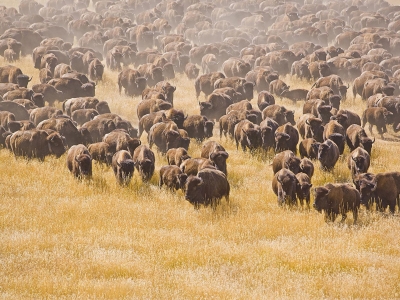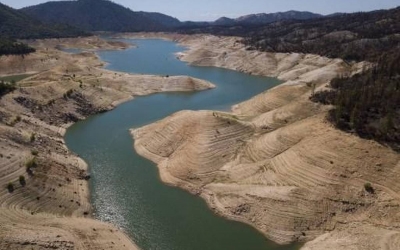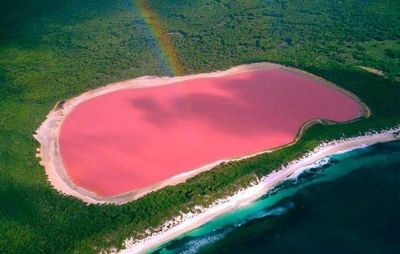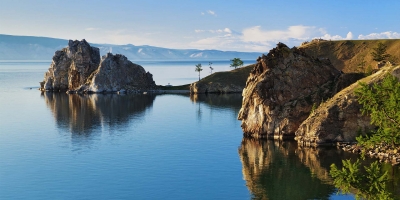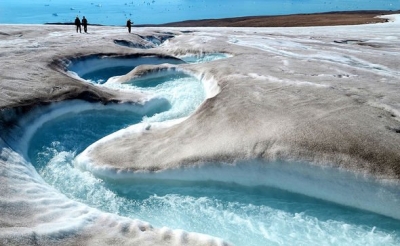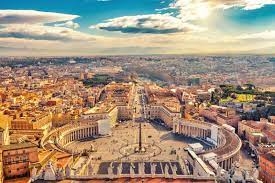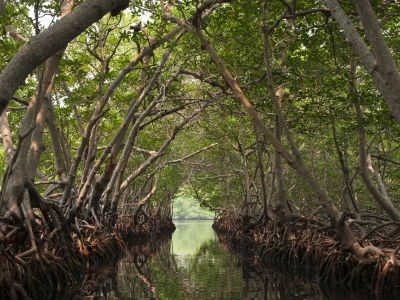
Last month, India was hit by back-to-back cyclones. While cyclone Tauktae formed in the Arabian Sea and affected coastal districts in Kerala, Karnataka, Goa, Maharashtra and Gujarat, cyclone Yaas formed in the Bay of Bengal and ravaged parts of Odisha and West Bengal. Scientists highlighted the impact of climate change in the intensification and frequency of tropical storms that hit India. And they also brought our attention to the role played by mangrove forests in reducing the impact in Odisha, West Bengal and Mumbai. Although there were losses to lives and property, it was highlighted by experts that mangroves safeguarded people and the inland against the severe storm surges of the cyclones.
While Mumbai has a mangrove cover of 66 sq km, Odisha and West Bengal boast luxuriant mangrove cover along the Bhitarkanika National Park in Kendrapara district and the Sundarbans respectively.
What are mangrove forests and why are they considered to be beneficial to coastal communities?
What is a mangrove?
A mangrove is a small tree or shrub that grows along coastlines, taking root in salty sediments, often underwater. The word 'mangrove' may refer to the habitat as a whole or to the trees and shrubs in the mangrove swamp. Mangroves are flowering trees, belonging to the families Rhizophoraceae, Acanthaceae. Lythraceae, Combretaceae, and Arecaceae. The upper trunk, including the branches and leaves, of a mangrove tree lives completely above the waterline. while the lower trunk and the large root system are partly covered by seawater. Many species have roots diverging from stems and branches and penetrating the soil some distance away from the main stem (like banyan trees).
What are some of the special features of mangroves?
- Saline environment: A speciality of mangroves is that they can survive under extreme hostile environment such as high salt and low oxygen conditions. Mangrove trees contain a complex salt filtration system and complex root system to cope with salt water immersion and wave action. The roots filter out 90% of the salt they come into contact with in the saline and brackish water they call home. Some species of mangrove excrete salt through glands in their leaves.
- Low oxygen: Underground tissue of any plant needs oxygen for respiration. But in a mangrove environment, the oxygen in soil is limited or nil. Hence the mangrove root system absorbs oxygen from the atmosphere. Mangroves have special roots for this purpose called breathing roots or pneumatophores. These roots have numerous pores through which oxygen enters the underground tissues.
- Mangroves, like desert plants, store fresh water in thick succulent leaves. A waxy coating on the leaves seals in water and minimises evaporation.
- Mangroves are viviparous - their seeds germinate while still attached to the parent tree. Once germinated, the seedling grows into a propagule. The mature propagule then drops into the water and gets transported to a different spot, eventually taking root in a solid ground.
How do mangrove forests help protect against strong cyclones?
- Mangrove forests act as natural barriers against storm surge, coastal flooding and sea level rise. Their intricate root system stabilises the coastline, reducing erosion from storm surges. Together with the tree trunks, they work like speed-breakers to slow down the tides.
- They protect shorelines from damaging winds and waves. A series of studies in the early 2000s discovered that mangroves with an average height of 6-10 metres could shorten a cyclone's waves by 60%.
- Mangroves also help prevent erosion by stabilising sediments with their tangled root systems.
- A 2013 study of mangroves in Florida estimated that a mangrove forest could reduce the effects of a Category 5 storm to the intensity and effects of a Category 3 storm.
What are the other benefits to the environment?
- Mangrove thickets maintain water quality by filtering pollutants and trapping sediments originating from land.
- They provide habitat for a diverse array of terrestrial organisms. Their branches provide homes for lizards, snakes and nesting birds. Many species of coastal and offshore fish and shellfish rely exclusively on mangroves as their breeding, spawning, and hatching grounds.
- Mangroves also have a big impact on climate. Mangroves are powerhouses when it comes to carbon storage. Studies indicate that mangroves can sequester (lock away) greater amount of carbon than other trees in the peat soil beneath. They store this carbon for thousands of years.
- Many people living in and around mangroves depend on them for their livelihood. The trees are a source of wood for construction and fuel. The ecosystem provides local fishermen with a rich supply of fish, crabs and shellfish. The ecosystem also supports tourism.
Where are mangroves ecosystems found?
Mangroves can be found in over 118 countries and territories in the tropical and subtropical regions of the world. Asia has the largest coverage of the world's mangroves, followed by Africa, North and Central America, Oceania and South America. Approximately 75% of the world's mangrove forests are found in just 15 countries.
In India
The deltas of the Ganges, Mahanadi, Krishna, Godavari, and the Cauvery rivers contain mangrove forests. The backwaters in Kerala have a high density of mangrove forest. The Sundarbans in West Bengal is the largest mangrove region in the world and a UNESCO World Heritage Site. It spans from the Hooghly River in West Bengal to the Baleswar River in Bangladesh. The Bhitarkanika mangrove system in Odisha is India's second largest mangrove forest.
Pichavaram in Tamil Nadu has a vast expanse of water covered with mangrove forests. It is home to many aquatic bird species.
What are the threats to mangroves?
Scientists estimate that at least one third of all mangrove forests has been lost during the last few decades. Coastal development, including construction of shrimp farms, hotels, and other structures, is the primary threat to mangroves.
Mangrove forests are cleared to make room for agricultural land and human settlements.
- Mangrove trees are used for firewood, construction wood, charcoal production, and animal fodder. In some parts of the world, there has been overharvesting which is no longer sustainable
- Overfishing, pollution, and rising sea levels are the other threats to mangrove forests and their ecosystem.
Picture Credit : Google
